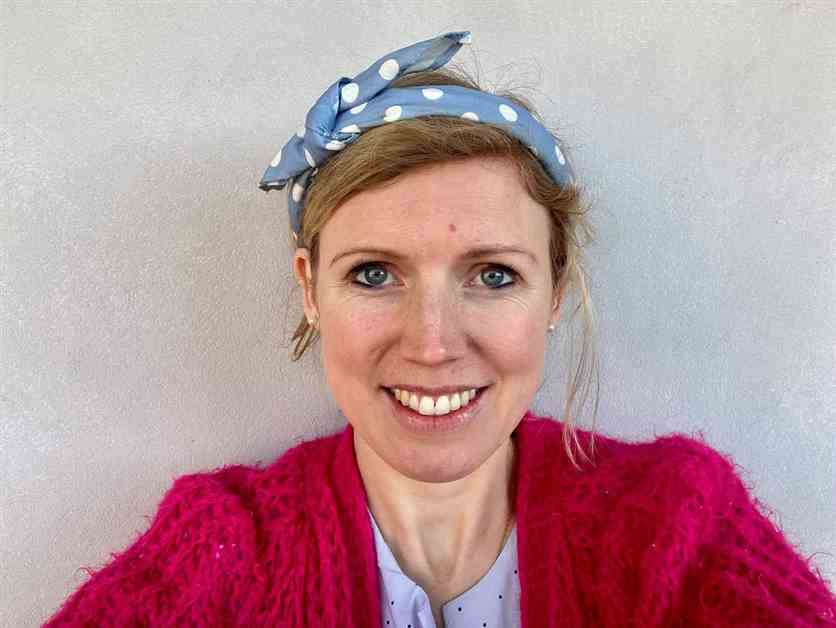The Importance of Outdoor Play for Spiritual Growth
Outdoor play may seem unrelated to spiritual family life at first glance, but there are deep connections. Currently, our homeschool schedule allows for formal schoolwork to be completed by lunchtime, leaving the afternoon for free play outside and gardening. Children do not need to spend hours sitting at desks to learn, as my experience has shown. Shorter, more focused learning sessions are often more effective.
By lunchtime, the boys are usually so wound up that they chase each other around the kitchen table at twenty kilometers per hour, which is one of the reasons for outdoor play. Children need to move, run, climb, and jump, and as a mother, it is easier for me to enjoy their company in the garden. Outdoor time is relational time, perfect for conversation and simply hanging out together.
Moreover, outdoor play encourages imagination. Unique experiences found outdoors cannot be replicated indoors. Author Anthony Esolen highlights the wonder of the natural world in his book, emphasizing the importance of exposure to the outdoors for children to develop a sense of awe. Being outside inspires and renews us, as best-selling author Cal Newport suggests in his book on digital minimalism.
Engaging in long, repetitive activities outdoors, like gardening or producing food, can clear our minds and fill us with inspiration. Outdoor play has deep connections to the spiritual journey, as it involves a search for the essential and a deep understanding of God’s creation. By spending time outdoors and connecting with nature, we can learn more about God’s presence in our lives.
In conclusion, outdoor play is not just about physical activity but also about spiritual growth. It provides a space for children and adults alike to explore, imagine, and connect with the world around them. So, next time you step outside, take a moment to appreciate the beauty of nature and reflect on the spiritual lessons it offers.

